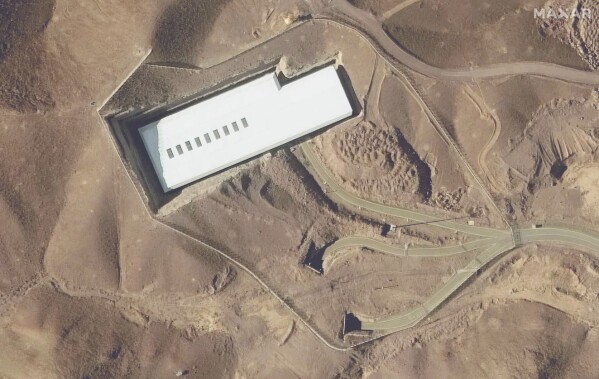I’ve been following News of Israel’s latest strikes on Iran’s nuclear infrastructure, and frankly, I’m struck by how one target still stands unbeaten. Since June 13, Israel has leveled much of Natanz’s above‑ground enrichment plant and damaged thousands of centrifuges. Yet Fordow—buried under 200 feet of mountain rock—remains largely intact reuters.com.
Fordow: The Unbreakable Vault
Fordow sits near Qom, protected by reinforced concrete inside a mountain. It contains some 2,000 centrifuges enriching uranium up to 60 percent purity. That level is just one technical step shy of weapons grade, which starts around 90 percent. I see it as the linchpin: if Fordow survives, Iran can keep edging closer to a bomb. International inspectors haven’t been inside, but satellite photos show no obvious damage so far washingtonpost.com.
Why Israel Needs American Muscle
I’m not the only one sounding the alarm. Former U.S. Central Command chief Kenneth McKenzie told me that without America’s Massive Ordnance Penetrator, Israel simply can’t crack Fordow’s defenses reuters.com. This 30,000‑pound “bunker buster” can pierce 200 feet of rock before detonating. Only B‑2 Spirit bombers can carry it—and Israel doesn’t own those. Instead, the U.S. flew six B‑2s to Diego Garcia in March, later swapping them for B‑52 bombers as tensions rose reuters.com.
From what I’ve gathered, President Trump was briefed on these options weeks ago. General Michael Kurilla told him, “I’ve laid out a wide range of military choices” if diplomacy fails. I can’t help but think Israel’s Operation Rising Lion hinges on whether Washington decides to act.
Political Stakes and Contingencies
I read Israeli Ambassador Yechiel Leiter’s interview on Fox News, and he left no doubt: “The entire operation must end with Fordow’s elimination.” Vice President J.D. Vance echoed that rhetoric, insisting that not hitting Fordow equals mission failure. On the other hand, Israel’s government hints it has Plan B—though they won’t share details. I suspect they may consider covert operations or cyberattacks, but those carry risks of escalation.
The Broader Context
When I talk to media analysts, they remind me that striking a site like Fordow could provoke a wider regional conflict. Iran might retaliate against U.S. forces in the Gulf or renew support for proxies in Lebanon and Yemen. And if Fordow is left untouched, critics will argue that Israel’s air campaign was merely a show of force.
Still, from a purely military view, Israel has demonstrated air superiority—its F‑35s and drones operate with near impunity over Iran’s airspace. They’ve hit missile stockpiles, command centers, and killed senior scientists. Yet the deepest, most fortified bunkers stay safe. To me, that underlines how caveats in a strike plan can define success or failure.
What Comes Next
I’m watching for any sign that the U.S. will release those bunker busters or that Israel will shift tactics. If Fordow’s centrifuges keep spinning, Iran retains a clear path to a bomb. For now, my view is that neither side truly wants an all‑out war, but as long as Fordow stands, tensions will simmer. And I’ll stay tuned, weighing each development against the harsh reality: only the biggest bombs can shatter that mountain vault.

